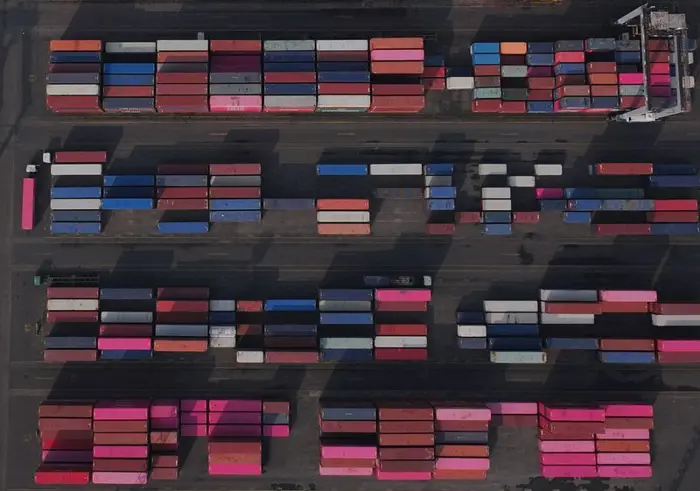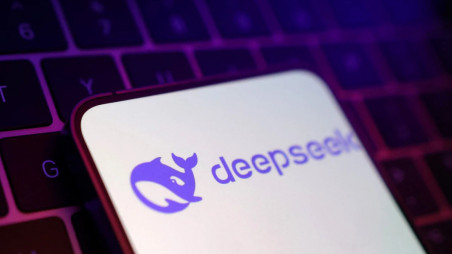SEOUL, Sept 27 – A sudden blaze at South Korea’s national data centre in Daejeon has triggered a sweeping digital blackout, crippling critical government systems and bringing much of the country’s online public services to a grinding halt. The fire, which began on Wednesday evening, has left over 70 major government services offline, including mobile ID systems, postal operations, internal ministry communications, and the national legal database.
Officials say the fire likely began after a lithium-ion battery explosion during routine maintenance. The battery—produced by LG Energy Solution—allegedly triggered a “thermal runaway”, a rapid release of heat that escalated uncontrollably, spreading through the server room on the fifth floor of the National Information Resources Service (NIRS) building.
Because of the high temperatures and battery-related risks, firefighters were forced to take extreme caution. The blaze was finally brought under control early Thursday morning, but more than 600 servers remain shut down as a precaution while nearly 400 battery packs are being removed from the building.
The exact cause of the fire is still under investigation. LG Energy Solution, at the centre of the controversy, has declined to comment pending the outcome of the probe.
The Daejeon data centre, part of a national cloud infrastructure, serves as the digital backbone for dozens of ministries and departments. Its temporary paralysis has rendered email, taxation systems, identification services, and more unusable in several parts of the country, including the nearby administrative city of Sejong.
Addressing the nation, Prime Minister Kim Min-seok issued a formal apology. “We deeply regret the inconvenience caused to our citizens due to the shutdown of essential services,” he said during a live emergency briefing. “Our government is doing everything possible to restore services swiftly. Tax deadlines will be extended to accommodate those affected.”
The Prime Minister also acknowledged the vulnerability of concentrating national digital assets in a single location, admitting that it complicated fire containment efforts.
“We need to learn from this,” said Kim. “This event reminds us how crucial digital infrastructure is to our daily lives—and how fragile it can be when things go wrong.”
While only one minor injury was reported, the damage to public trust in digital infrastructure is significant.




